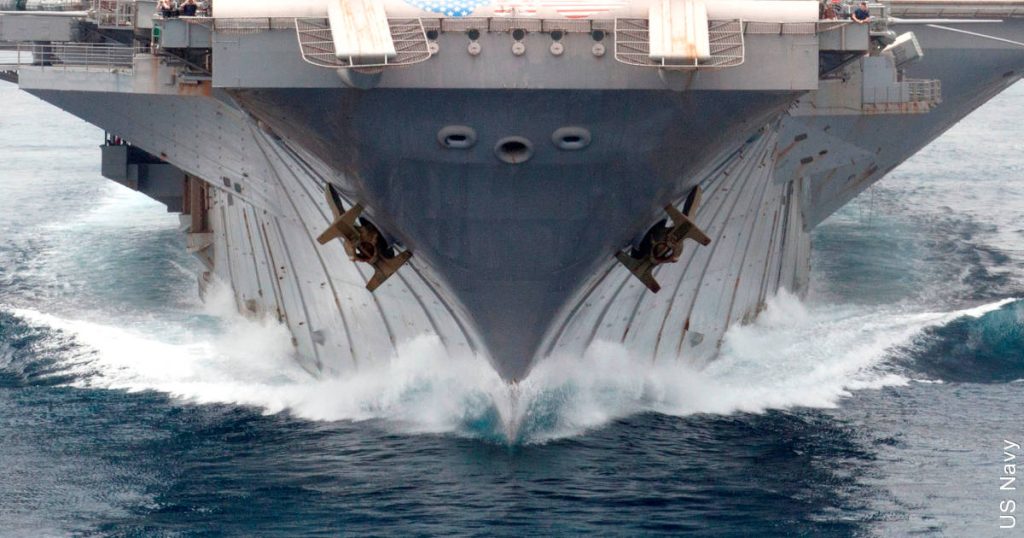Modern ships are fitted with Propeller(s) at the aft (back portion) of the ship. The propeller looks like a fan and is fitted to the underwater portion of the ship. The ship moves forward when the propeller is rotated.
Working Principle
The working of a propeller is similar to how we swim. While swimming, we use our hands to push the water backwards to move forward. The force which pushes us forward is called as Thrust. A ceiling fan sucks the air above the fan and pushes it down. Similarly, a propeller sucks the water present in front of it and throws it backwards. By pushing the water back, the propeller gets a thrust. Thrust is the force which pushes the ship forward. Propeller acts like an axial water pump developing axial thrust.
Force and Thrust
Thrust is the force which acts on the propeller because of the resistance of water. Here is an example to help you understand the difference between force and thrust. If you try to push the wall sitting on a rolling chair; you will be pushed back. The push you give on the wall is called force and the force which pushes you back is called thrust. Thrust is also a force which acts on a direction; opposite to the direction of application of force.
Thrust Transmission
Similarly, a propeller exerts a force on the water and it gets back thrust because of the resistance of the water. This thrust pushes the propeller forward. This thrust has to be transmitted to the structure of the ship or else the propeller alone will move forward and pierce the hull of the ship. The thrust is transmitted to the hull by Thrust block.



Comments are closed